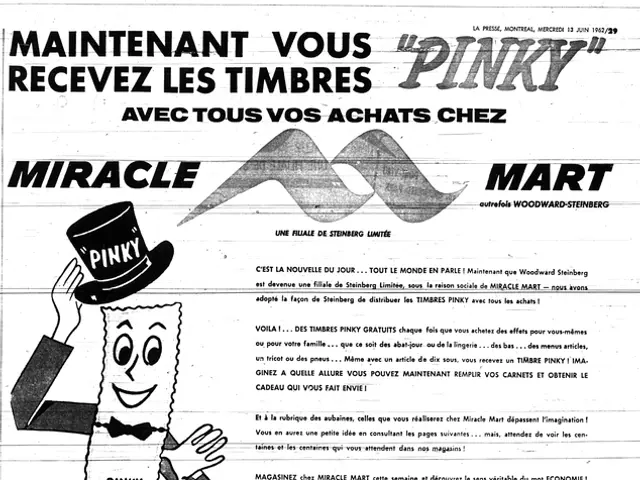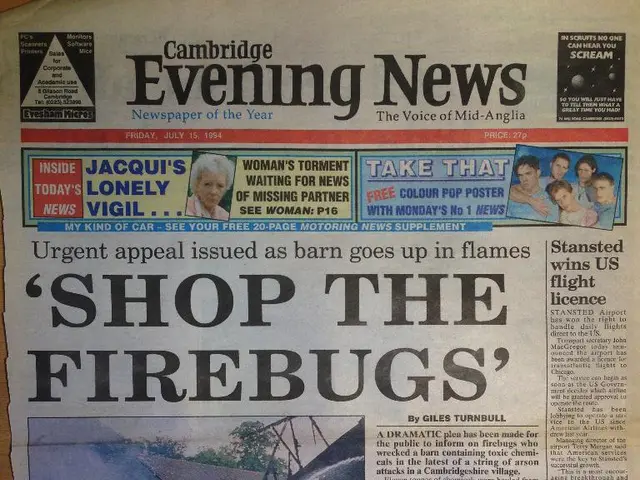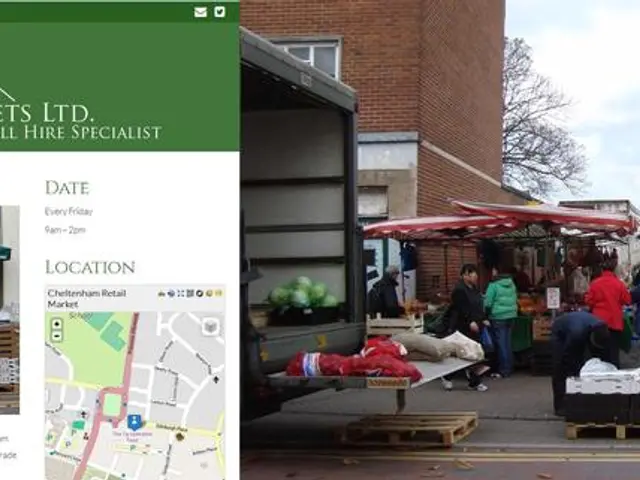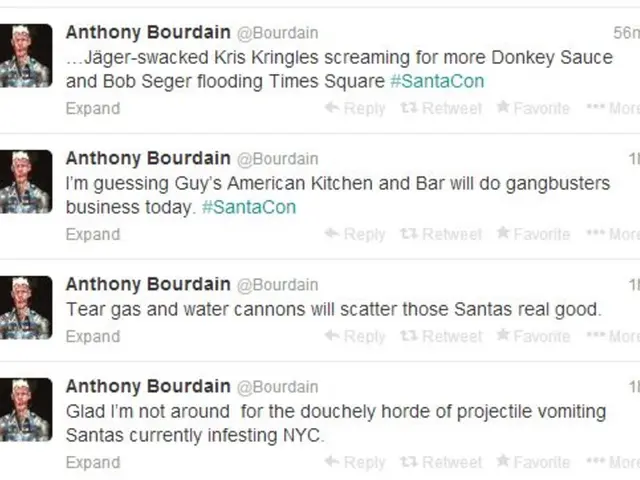Essential Knowledge for Web Designers
Chelsea Winkel, a seasoned web technologist with over 10 years of experience in UX Design and Consulting, and the founder of Lifelite.org, an emergency response technology, has been instrumental in helping over 30 early stage startups with ideation, branding, and business design.
In the current job market, web design is an evolving field, with remote work becoming increasingly common in the past 3-5 years. This flexibility has opened up opportunities for designers worldwide. However, the competition remains stiff, with mid-range designers in high demand.
Essential Requirements for Web Designers
To thrive in this competitive landscape, aspiring web designers need to possess a combination of software proficiency, technical skills, and a robust portfolio.
Software Proficiency
Mastery of graphic design tools like Adobe Photoshop, Adobe Illustrator, Sketch or Figma for UI design, web development environments such as Visual Studio Code, Sublime Text, content management systems like WordPress, prototyping tools like Adobe XD or InVision, and a basic understanding of version control with Git are essential.
Technical Skills
A strong knowledge of HTML, CSS, and JavaScript is fundamental. Familiarity with responsive design principles and mobile-first development is crucial. Understanding UX/UI principles is vital, and a basic grasp of frameworks such as React or Vue.js is increasingly important.
Additionally, understanding basic SEO practices and website performance optimization, ensuring cross-browser compatibility, and adhering to accessibility standards are essential for creating user-friendly and inclusive designs.
Portfolio Pieces
A strong portfolio should showcase a diverse set of projects demonstrating responsive design on multiple devices, real-world websites or web app designs displaying UI creativity and usability, examples illustrating front-end coding capabilities, case studies with project goals, design decisions, and outcomes, and collaborative projects or client work that showcase teamwork and communication skills.
The Application Process
Hiring entry-level designers can be challenging due to the need for extensive training and guidance. Applicants are required to provide an online portfolio for consideration, ensuring it is mobile-friendly.
The applicant's resume and cover letter should be personalized and reflect their goals. Showcasing critical thinking, sketching, and rapid prototyping abilities is also essential.
Once hired, the job is supposed to be challenging. However, it's important for the applicant to know their value and not let their talent be exploited.
For those seeking formal education, the institution offers online degree and certificate programs in web design.
In conclusion, following these best practices and guidelines should help aspiring web designers navigate the current job market and stand out from the competition. For more precise recommendations or quotes from Chelsea Winkel, more targeted sources would be necessary.
In light of the evolving web design field with an emphasis on remote work, those interested in career advancement may benefit from pursuing a combination of software proficiency, technical skills, and a robust portfolio, as suggested by Chelsea Winkel's experience with early-stage startups. To thrive, one should master tools such as Adobe Photoshop, WordPress, Adobe XD, have a strong understanding of HTML, CSS, and JavaScript, and create a diverse, user-friendly, and inclusive portfolio showcasing real-world projects and front-end coding capabilities. For formal education-and-self-development, online degree and certificate programs in web design are available.








